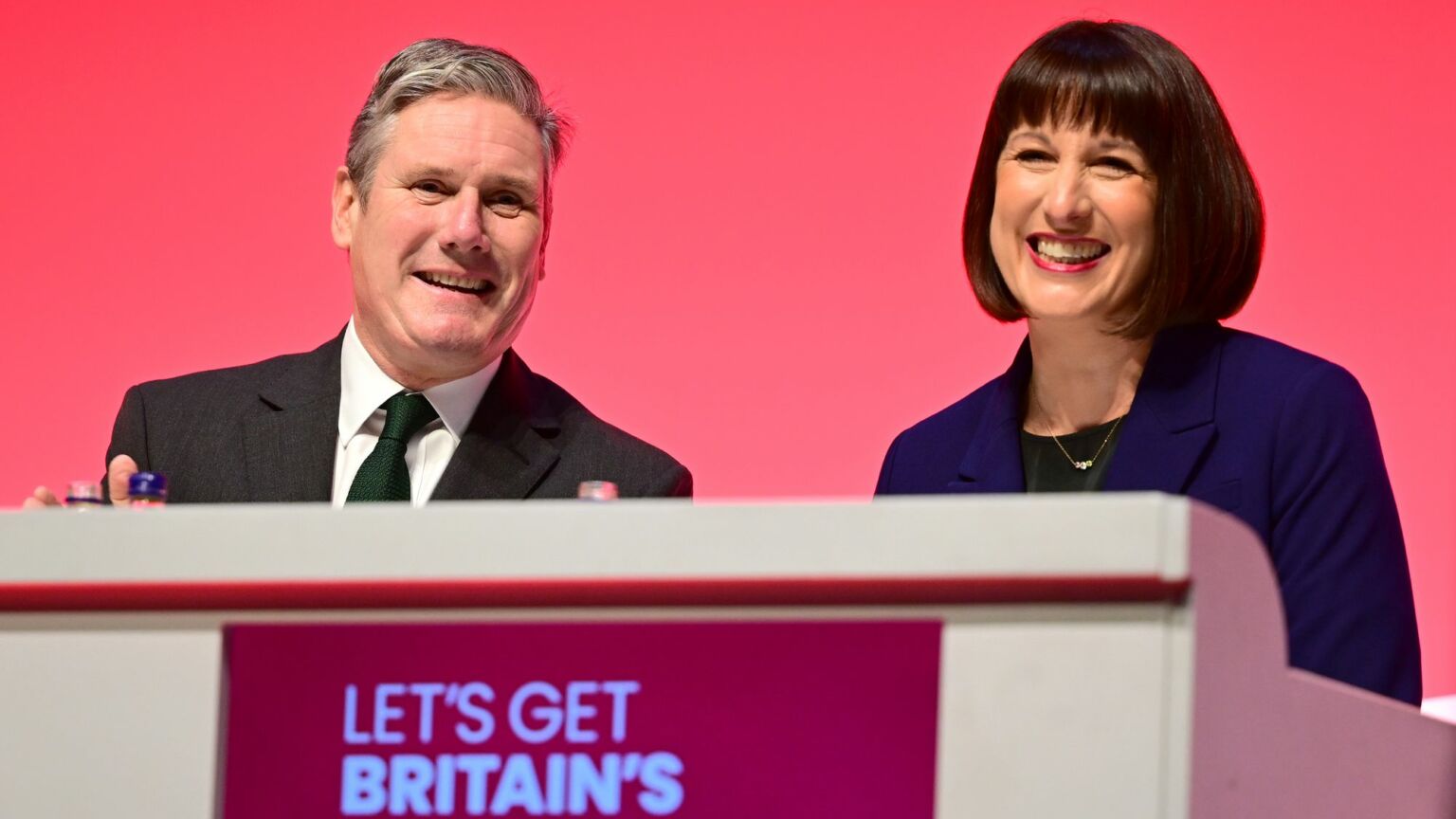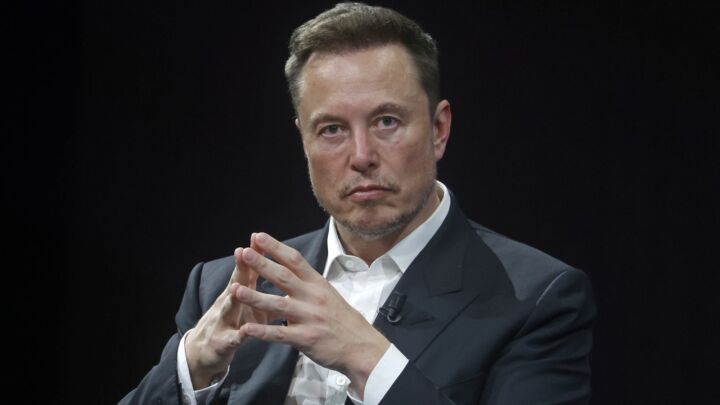Labour’s green extremism will leave Britain in the dark
Keir Starmer’s plan to decarbonise the electricity grid by 2030 is insane.

Labour’s green-energy plans seem to change with the wind. In September 2021, when interest rates were just 0.1 per cent, shadow chancellor Rachel Reeves told her party’s annual conference that she would borrow £28 billion a year to finance low-carbon infrastructure once in power. By June last year, however, she started to scale that back, promising that green investment would only ‘ramp up’ by the middle of a first parliament – a date that could fall as late as 2027. Now, blaming former prime minister Liz Truss for a ‘dire’ fiscal inheritance, Reeves won’t even mention the £28 billion figure. Last week, she told LBC that her plans should be approached in a way where ‘the numbers add up’. The Guardian now reports that the pledge could be ditched entirely.
So, do Labour’s energy plans add up? Much of the media’s focus has been on the £28 billion figure, and what this extra borrowing might mean for the UK’s public finances. But this misses the real problem with Labour’s green-energy agenda. Last summer, Labour laid out its roadmap to ‘Make Britain a Clean Energy Superpower’. Its key pledge is to make Britain’s electricity system carbon-free within just six years, by 2030. This is, to put it lightly, a complete fantasy.
In 2022, 38.4 per cent of UK electricity was generated by gas-fired power stations. Labour wants to replace most of this with carbon-free sources, but there are huge holes in its plans for achieving this.
Labour’s policy document pledges to quadruple offshore wind and reach a capacity of 55 gigawatts (GW) by 2030. And it wants to pioneer floating offshore wind, by fast-tracking at least 5 GW worth of capacity. It also aspires to double onshore wind capacity to 35 GW and more than triple solar power to 50 GW. All of which might sound good on paper, but all these renewables would only supply intermittent energy – that is, they only produce electricity when the wind is blowing and the sun is shining.
To allow us to use electricity continuously, Labour also backs investing in long-term energy storage. The trouble is, this technology is going nowhere fast. While some energy can be stored using dams and reservoirs, Labour’s plans also rely on a vast expansion of battery storage and greater use of green hydrogen. Both of these methods are non-starters. Last year in Monterey, California, the world’s largest lithium-ion battery energy-storage system managed to expand its capacity to a meagre 0.75GW.
Of course, more innovation in battery technology would be a good thing. But the fact is that we are decades away from being able to store the amounts of renewable energy Labour wants to generate. Reaching Labour’s wind and solar targets would produce around 145 GW. This means we would need to build nearly 200 Monterey-like systems to store it all. By 2030.
Labour does seem to partially acknowledge the difficulty of this task. The ‘Clean Energy Superpower’ document admits the continuing need for reliable, 24-hour gas-fired power stations as a ‘backup’ to intermittent renewable energy. It also promises investment into carbon capture and storage (CCS) projects in the north-east of England. Presumably, these reserve power stations would be built with CCS attached, but this is easier said than done.
Even the climate evangelists of the International Energy Agency (IEA) admit that CCS is ‘currently not cost competitive [and] not financeable’. And the gap between planned deployment of CCS and what might be needed by 2030 is ‘particularly pronounced’. Should Labour ever build new gas-fired power stations for its strategic reserve, insisting on CCS would raise their capital costs by between 95 and 110 per cent, the IEA explains. Perhaps that is why, just nine months ago, the New York Times reported that none of America’s 3,400 coal- and gas-fired power plants were using CCS ‘in a significant way’.
Of course, renewables are not the only source of carbon-free electricity. Labour also has plans to expand our use of nuclear power. It wants to get new nuclear power-plant projects at Hinkley and Sizewell ‘over the line’ and to go for ‘new nuclear’ projects, including small modular reactors (SMRs). Unfortunately, overzealous state regulation has added extortionate costs to the Hinkley plant. Similarly, it has capsized the NuScale venture in SMRs in the US. More nuclear development is important – but so is realism. Even if Labour radically overhauled our planning laws and nuclear regulations – which seems unlikely – we would still not be able to get new plants online at sufficient scale in just six years. Besides, if one still, cloudy winter’s morning, renewables fail to meet demand for electricity, nuclear cannot rush to the rescue in the way that gas can. Nuclear takes hours to ramp up, while gas-fired power stations take minutes.
As it stands, decarbonising the UK’s power supply by the end of the decade is an impossible and irresponsible goal. All Labour’s talk of cutting-edge storage technology, nuclear investment and making Britain a ‘clean-energy superpower’ is just that – talk. Scrapping reliable fossil-powered energy for unreliable green alternatives could prove catastrophic. Labour’s Net Zero designs threaten to leave us all in the dark.
James Woudhuysen is visiting professor of forecasting and innovation at London South Bank University.
Picture by: Getty.
To enquire about republishing spiked’s content, a right to reply or to request a correction, please contact the managing editor, Viv Regan.









Comments
Want to join the conversation?
Only spiked supporters and patrons, who donate regularly to us, can comment on our articles.